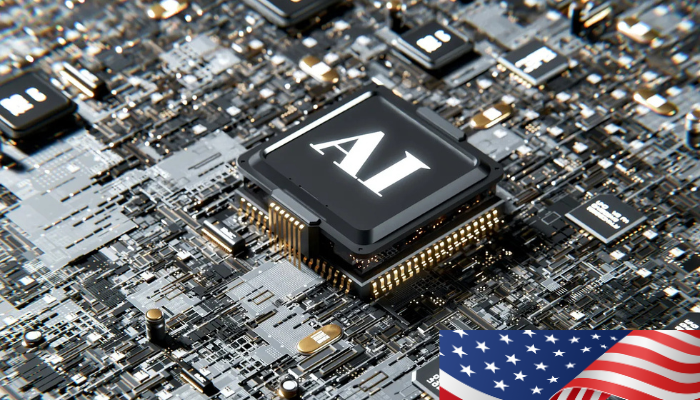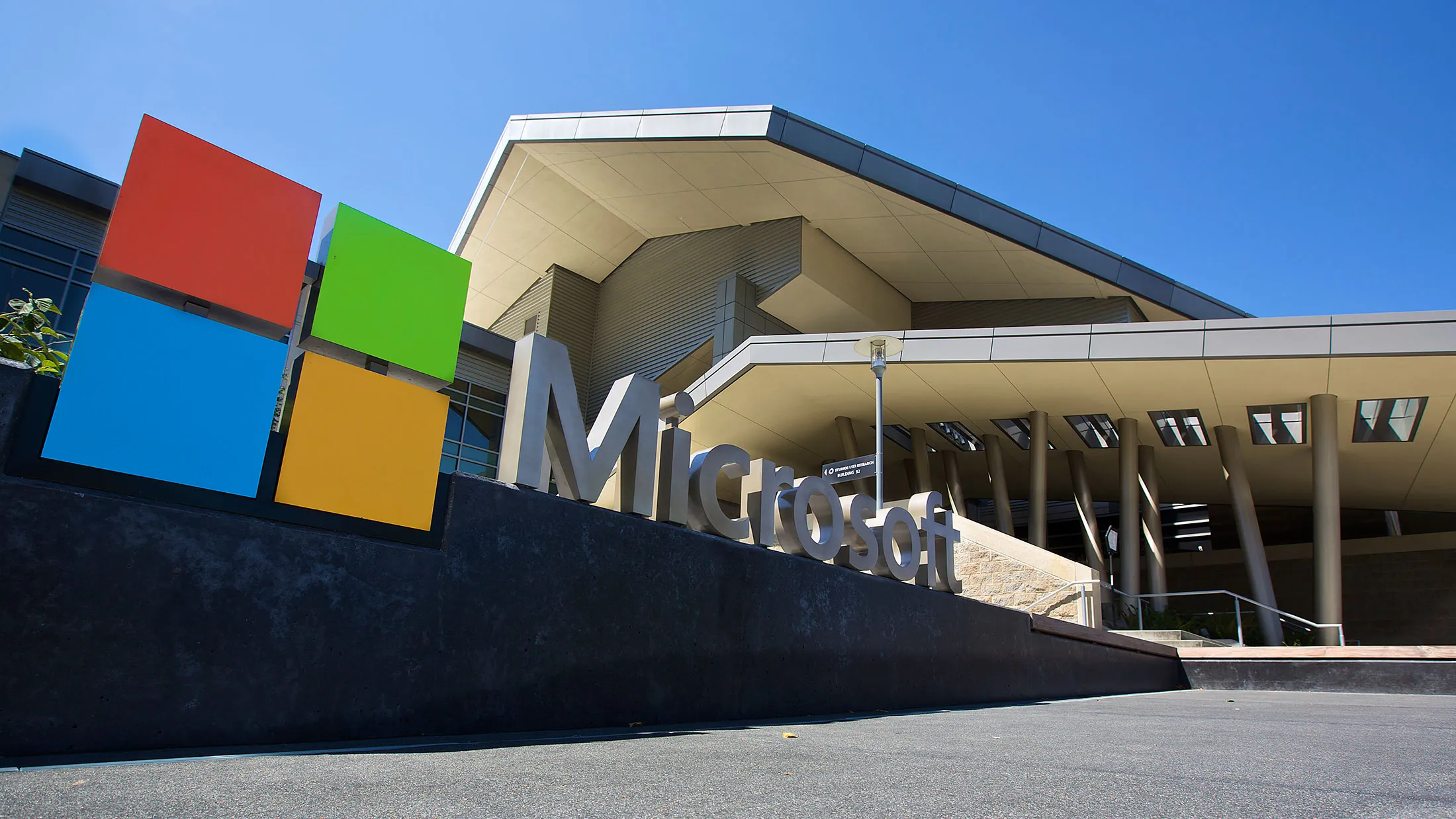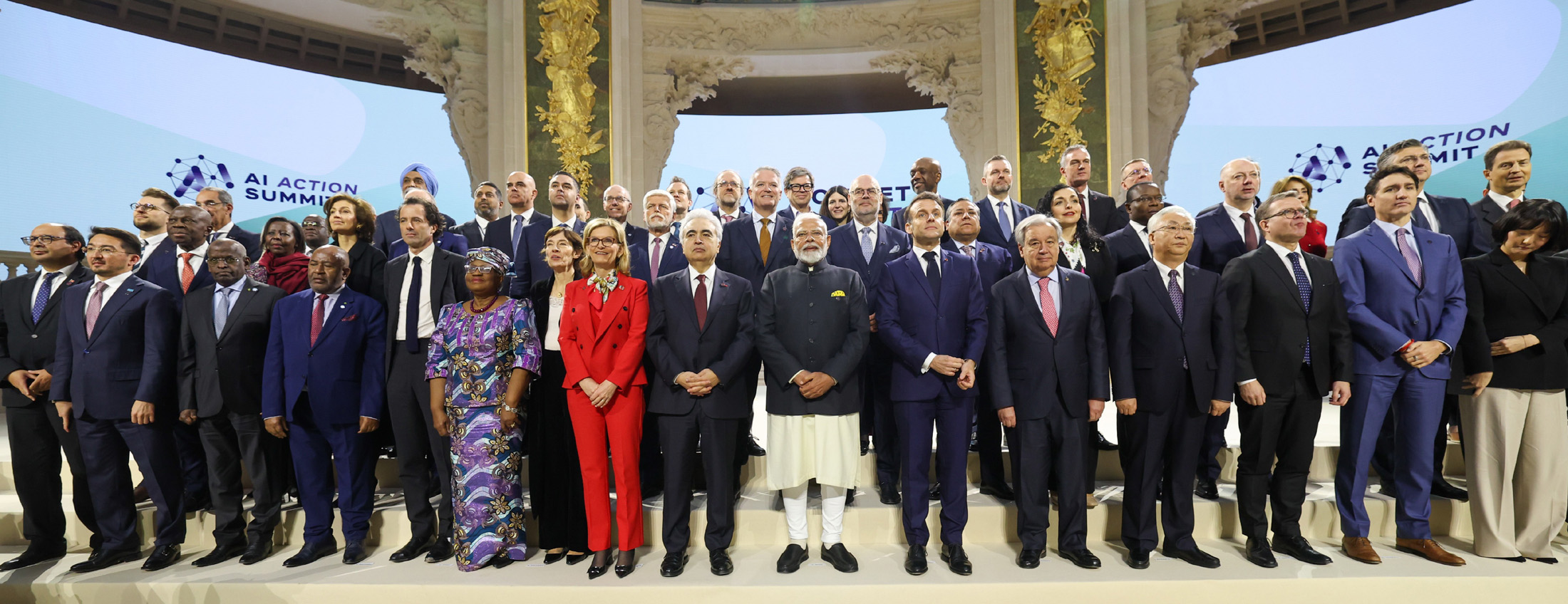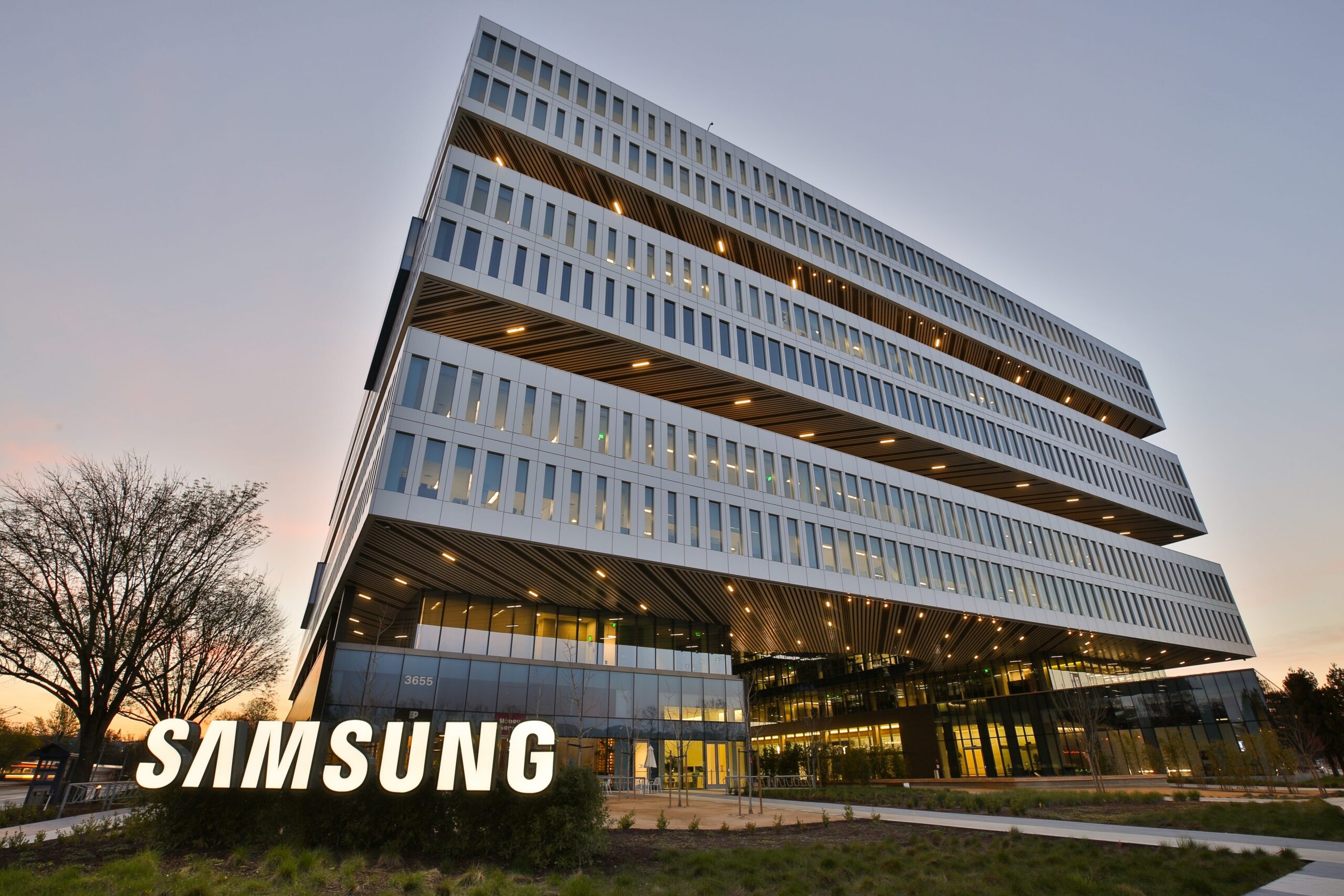Q2 data reveals stark regional disparities in venture capital funding for artificial intelligence
September 2, 2025 — North America has cemented its position as the undisputed leader in artificial intelligence venture capital investment, capturing more funding than the rest of the world combined, according to new data from The AI Colony’s Q2 Industry Report.
The region attracted approximately $70 billion in AI venture capital during the second quarter, dwarfing the combined $48 billion raised across Asia-Pacific ($22 billion), the United Kingdom ($14 billion), and the European Union ($12 billion).
The figures underscore a growing investment gap that reflects not just different market dynamics, but potentially divergent approaches to AI development and regulation across global economies.
Europe’s Regulatory Caution Reflected in Investment Numbers
Perhaps most striking is the European Union’s position at the bottom of the funding hierarchy, with just $12 billion in Q2 AI investments. This relatively modest figure aligns with the bloc’s notably cautious regulatory stance toward artificial intelligence technologies.
The EU AI Act, which came into full force in 2024, established some of the world’s most comprehensive AI regulations, categorizing AI systems by risk levels and imposing strict requirements on high-risk applications. While proponents argue this creates a safer, more trustworthy AI ecosystem, critics have questioned whether such regulatory preemption might be cooling investor enthusiasm.
“The correlation between regulatory caution and lower investment levels isn’t coincidental,” said one Silicon Valley venture capitalist who requested anonymity. “Investors naturally gravitate toward environments where they can move quickly and scale without regulatory uncertainty.”
The North American Advantage
North America’s $70 billion haul represents a commanding 59% share of total AI venture funding across these major regions. The dominance stems from several factors: a mature venture capital ecosystem, concentration of major tech companies, and relatively permissive regulatory environment that has allowed AI development to proceed with fewer constraints.
Silicon Valley continues to serve as the epicenter of AI innovation, housing major players like OpenAI, Anthropic, and countless startups pursuing everything from generative AI to autonomous systems. Meanwhile, established tech giants like Google, Microsoft, and Meta have been pouring billions into AI research and acquisitions.
Asia-Pacific’s Steady Growth
Asia-Pacific’s $22 billion represents solid performance, driven largely by continued investment in Chinese AI companies despite ongoing geopolitical tensions and U.S. export controls on advanced semiconductors. Countries like Singapore, South Korea, and Japan have also emerged as significant AI investment hubs, each developing distinct specializations within the broader AI landscape.
Questions About Measurement and Strategy
However, venture capital funding tells only part of the story. The EU’s lower VC numbers may reflect different approaches to AI development, with European governments favoring public research funding, academic partnerships, and strategic industrial policy over purely private market mechanisms.
“We shouldn’t conflate VC funding with overall AI capability or strategic positioning,” cautioned Dr. Sarah Chen, a technology policy researcher at the Atlantic Council. “Some of the most important AI breakthroughs have come from publicly funded research institutions, particularly in Europe.”
The data also raises questions about sustainability and strategic focus. While North America’s funding dominance is impressive, some analysts worry about potential overinvestment in certain AI sectors, particularly generative AI applications that may face market saturation.
Looking Ahead
As the AI investment landscape continues evolving, these regional disparities may have lasting implications for global technological leadership. North America’s current advantage provides significant resources for continued innovation, while Europe’s regulatory-first approach may position it for longer-term sustainable AI development.
The true test will be whether heavy investment translates into meaningful technological breakthroughs and economic value, or whether more measured approaches ultimately prove more effective in building trustworthy, beneficial AI systems.
The AI Colony’s Q2 Industry Report provides quarterly analysis of global artificial intelligence investment trends and market developments.




